Home>Gardening & Outdoor>Outdoor Recreation & Activities>How Do You Play Ultimate Frisbee?


Outdoor Recreation & Activities
How Do You Play Ultimate Frisbee?
Modified: February 18, 2024
Learn how to play ultimate frisbee, a popular outdoor recreation and activity. Discover the rules, techniques, and strategies for this fun and active sport. Start playing today!
(Many of the links in this article redirect to a specific reviewed product. Your purchase of these products through affiliate links helps to generate commission for Storables.com, at no extra cost. Learn more)
Introduction
Ultimate Frisbee, often referred to as just "Ultimate," is a fast-paced and exhilarating team sport that combines elements of soccer, basketball, and American football. It is played with a flying disc, commonly known as a Frisbee, and is enjoyed by people of all ages and skill levels. What sets Ultimate Frisbee apart from other team sports is its emphasis on sportsmanship, fair play, and the spirit of the game.
The game is typically played on a rectangular field with end zones at each end. The objective is to score points by catching the Frisbee in the opposing team's end zone. Players must pass the disc to their teammates while avoiding interceptions by the opposing team. What makes Ultimate Frisbee unique is that it is a non-contact sport, relying on the principles of self-officiating and mutual respect among players.
Ultimate Frisbee is not only a great way to stay active and enjoy the outdoors, but it also fosters a sense of camaraderie and teamwork among its participants. The sport's inclusive nature welcomes players of all skill levels, making it accessible to anyone who wants to give it a try. Whether you're a seasoned athlete or a newcomer to team sports, Ultimate Frisbee offers a thrilling and engaging experience for all involved.
In this article, we will delve into the basic rules of Ultimate Frisbee, the equipment needed to play, fundamental throwing techniques, offensive and defensive strategies, as well as the scoring and gameplay dynamics. By the end of this guide, you'll have a comprehensive understanding of how to play Ultimate Frisbee and be ready to hit the field with confidence and enthusiasm. So, let's dive in and explore the exciting world of Ultimate Frisbee!
Key Takeaways:
- Ultimate Frisbee is a fun and inclusive team sport that emphasizes fair play, sportsmanship, and dynamic athleticism. It’s a thrilling game for players of all skill levels to enjoy outdoors.
- Players need minimal equipment to play Ultimate Frisbee, making it accessible and easy to get started. Mastering throwing techniques and strategic gameplay enhances the overall experience.
Basic Rules of Ultimate Frisbee
Ultimate Frisbee is governed by a set of rules that ensure fair play, sportsmanship, and an enjoyable experience for all participants. Understanding these rules is essential for players to engage in the game effectively and contribute to the overall spirit of camaraderie. Here are the fundamental rules of Ultimate Frisbee:
-
The Spirit of the Game: Unlike many other sports, Ultimate Frisbee relies on the principle of self-officiating and mutual respect among players. This means that there are no referees, and players are responsible for making their own calls and resolving disputes on the field. The emphasis on sportsmanship and fair play is a defining aspect of Ultimate Frisbee, fostering a positive and respectful environment during gameplay.
-
Starting Play: The game begins with a "pull," where one team throws the Frisbee to the opposing team to initiate the match. The receiving team then aims to advance the disc towards the opposing end zone through passing and strategic movement.
-
Passing and Movement: Once in possession of the Frisbee, a player must establish a pivot foot and can pass the disc to their teammates. However, they are not allowed to run with the disc, similar to the rules of basketball. Players must work collaboratively to maintain possession and advance towards the opposing team's end zone.
-
Scoring: A point is scored when a player successfully catches the Frisbee in the opposing team's end zone. The scoring team then relinquishes possession to the opposing team, and the game resumes with a new pull.
-
Turnovers and Interceptions: If the Frisbee is intercepted by the opposing team or if a pass is incomplete, possession changes hands, and the opposing team gains control of the disc. Turnovers are a crucial aspect of the game, requiring teams to transition quickly between offense and defense.
-
Fouls and Infractions: While Ultimate Frisbee is a non-contact sport, incidental contact may occur during gameplay. Players are expected to uphold the principles of fair play and avoid physical interference with opponents. If a foul is committed, the game momentarily stops, and players work together to resolve the situation before resuming play.
Understanding and adhering to these basic rules is essential for players to engage in Ultimate Frisbee effectively. By embracing the spirit of the game and respecting the rules, participants can fully immerse themselves in the dynamic and exhilarating experience that Ultimate Frisbee offers.
Equipment Needed
To engage in the thrilling game of Ultimate Frisbee, minimal equipment is required, making it accessible and easy for players to get started. Here's a breakdown of the essential items needed to enjoy a game of Ultimate Frisbee:
1. Frisbee Disc:
The most crucial piece of equipment for Ultimate Frisbee is, of course, the flying disc itself. When selecting a Frisbee for the game, it's important to choose one specifically designed for Ultimate play. These discs are typically lightweight, durable, and aerodynamically designed for enhanced flight performance. The standard size and weight of an Ultimate Frisbee disc make it ideal for accurate throws and agile maneuvers on the field.
2. Athletic Attire:
Comfortable athletic clothing and appropriate footwear are essential for participating in Ultimate Frisbee. Players should opt for breathable, moisture-wicking attire that allows for ease of movement and agility during gameplay. Cleats or turf shoes with good traction are recommended to provide stability and grip on the field, especially in varying weather conditions.
Read more: How Do You Score Points In Ultimate Frisbee?
3. Field Markers:
While not always necessary for casual play, field markers such as cones or discs can be useful for setting up boundaries and end zones on the playing field. These markers help define the parameters of the game and provide visual cues for players to navigate the field effectively.
4. Water Bottles:
Staying hydrated during physical activity is crucial, so having water bottles on hand is essential for players to replenish fluids and stay energized throughout the game. Proper hydration contributes to sustained performance and overall well-being during intense gameplay.
5. Optional Accessories:
Some players may choose to incorporate additional accessories, such as sweatbands, gloves for improved grip, or sunglasses for sun protection, based on personal preferences and environmental factors.
By ensuring that these basic equipment items are readily available, players can fully immerse themselves in the excitement of Ultimate Frisbee while maintaining comfort, safety, and optimal performance on the field. With minimal gear required, the focus remains on the dynamic gameplay and the camaraderie shared among teammates, making Ultimate Frisbee an accessible and engaging sport for all enthusiasts.
How to Throw a Frisbee
Mastering the art of throwing a Frisbee is essential for excelling in Ultimate Frisbee. Whether executing precise passes to teammates or launching the disc downfield with accuracy, understanding the various throwing techniques is fundamental to becoming a proficient player. Here's a comprehensive guide to the primary Frisbee throwing techniques:
Read more: How Do You Score A Goal In Ultimate Frisbee?
1. Backhand Throw:
The backhand throw is one of the most commonly used techniques in Ultimate Frisbee. To execute a backhand throw, grip the disc with your thumb on top and your fingers underneath, ensuring a firm but not overly tight hold. With a smooth motion, swing your arm across your body, releasing the Frisbee with a flick of the wrist. The spin generated by the wrist flick imparts stability and distance to the throw, allowing for precise and controlled passes.
2. Forehand Throw (or Flick):
The forehand throw, also known as the flick, involves gripping the disc with your thumb on the outside and your fingers pressing against the rim on the inside. As you extend your arm forward, snap your wrist to release the Frisbee, generating a rapid spin for a swift and accurate throw. The forehand throw is particularly effective for quick releases and maneuvering the disc around defenders.
3. Hammer Throw:
The hammer throw is a dynamic overhead throwing technique that involves holding the disc upside down, with your thumb on the inside and your fingers on the outside. By raising the Frisbee above your head and releasing it with an overhead motion, you can achieve a high-arcing trajectory, making it a valuable tool for passing over defenders or executing strategic plays in challenging situations.
4. Thumber Throw:
The thumber throw is a unique throwing style that involves gripping the disc with your thumb on top and your fingers underneath, similar to the backhand grip. However, instead of a horizontal release, the thumber throw utilizes an overhand motion, allowing the Frisbee to spin vertically. This technique is advantageous for surprising opponents with unconventional trajectories and can be particularly effective in windy conditions.
Read more: How Do You Play Frisbee Golf?
5. Scoober Throw:
The scoober throw is an advanced throwing technique that involves gripping the disc with your thumb on the inside and your fingers on the outside, similar to the forehand grip. With an overhead throwing motion, release the Frisbee with a flick of the wrist, causing it to spin rapidly in an inverted position. The scoober throw is ideal for surprising opponents with unexpected flight paths and can be a valuable asset in strategic gameplay.
By mastering these fundamental throwing techniques and understanding their applications in various game scenarios, players can elevate their skills and contribute significantly to their team's performance. Practice, experimentation, and honing these techniques over time are key to becoming a proficient Frisbee thrower, enhancing the overall gameplay experience and fostering a deeper appreciation for the art of Ultimate Frisbee.
Offensive Strategies
In Ultimate Frisbee, effective offensive strategies are essential for maintaining possession, advancing the disc, and ultimately scoring points. A cohesive and dynamic offensive approach can outmaneuver the opposing team's defense, creating opportunities for successful passes and strategic positioning. Here are key offensive strategies that players and teams can employ to elevate their gameplay:
1. Vertical Stack Formation:
The vertical stack formation is a fundamental offensive strategy in Ultimate Frisbee, characterized by players aligning themselves in a vertical line down the field. This formation allows for clear cutting lanes and strategic movement, enabling players to make decisive cuts towards the end zone or create space for passing opportunities. By maintaining disciplined positioning within the vertical stack, players can exploit defensive gaps and execute coordinated plays to advance the disc effectively.
2. Horizontal Stack Formation:
Contrasting the vertical stack, the horizontal stack formation involves players positioning themselves across the width of the field. This formation promotes lateral movement and quick transitions, allowing for rapid disc movement and versatile passing options. The horizontal stack can create confusion for the opposing defense and open up opportunities for players to exploit mismatches and capitalize on strategic positioning.
Read more: How To Cut In Ultimate Frisbee
3. Cutting and Clearing:
Effective cutting and clearing are pivotal offensive strategies that involve players making purposeful movements to create space and receive passes. Well-timed cuts, where players sprint into open areas, can disrupt the defense and create passing opportunities. Simultaneously, clearing involves players swiftly vacating areas after making a cut, allowing teammates to fill the space and maintain fluid disc movement. By synchronizing cutting and clearing actions, teams can sustain momentum and keep the defense off balance.
4. Handler Movement and Resets:
Handlers play a crucial role in maintaining possession and orchestrating offensive plays. Strategic handler movement involves agile footwork and precise disc distribution to keep the defense guessing. Additionally, initiating resets—quick passes back to handlers near the center of the field—can reset the offense, create new passing angles, and alleviate pressure in challenging situations. Effective handler movement and resets are instrumental in sustaining offensive momentum and capitalizing on scoring opportunities.
5. Strategic Timing and Patience:
Patience and strategic timing are vital components of successful offensive strategies in Ultimate Frisbee. Players must exhibit patience in waiting for opportune moments to execute passes and make decisive cuts. By maintaining composure and strategic awareness, teams can avoid rushed decisions and capitalize on openings in the opposing defense. Strategic timing also involves recognizing when to reset the offense, exploit mismatches, and capitalize on defensive lapses.
By implementing these offensive strategies with precision and coordination, teams can elevate their gameplay and create dynamic opportunities to outmaneuver the opposing defense. The seamless integration of cutting, clearing, strategic formations, and disciplined handler movement fosters a cohesive and potent offensive approach, ultimately leading to increased scoring opportunities and a competitive edge on the field.
Defensive Strategies
In Ultimate Frisbee, effective defensive strategies are pivotal in disrupting the opposing team's offensive flow, regaining possession, and thwarting scoring attempts. A cohesive and disciplined defensive approach can apply pressure, force turnovers, and create advantageous opportunities for the defending team. Here are key defensive strategies that players and teams can employ to elevate their defensive prowess and impact the outcome of the game:
1. Force and Containment:
The force and containment strategy involves defenders applying pressure on the thrower to limit passing options and force difficult throws. By establishing a force—dictating the direction of the throw—defenders can disrupt the offensive rhythm and create opportunities for interceptions or incomplete passes. Simultaneously, other defenders focus on containing downfield players, preventing easy access to open spaces and cutting lanes. The force and containment strategy aims to restrict offensive movement and induce turnovers through strategic positioning and coordinated defensive efforts.
2. Defensive Positioning and Communication:
Effective defensive positioning and communication are fundamental in thwarting offensive plays and anticipating passing lanes. Defenders must maintain awareness of their assigned marks, anticipate offensive movements, and communicate effectively with teammates to coordinate defensive coverage. By positioning themselves strategically and communicating potential threats, defenders can minimize passing options, apply pressure on the thrower, and disrupt the flow of the opposing team's offense. Clear and concise communication among defenders is essential for maintaining defensive cohesion and adapting to dynamic game situations.
3. Marking and Matchups:
Individual marking and matchups play a crucial role in defensive strategies, as defenders aim to neutralize their assigned opponents and limit their impact on the game. By closely marking offensive players, defenders can impede cutting routes, contest passes, and apply pressure to force turnovers. Effective matchups involve defenders leveraging their strengths, agility, and anticipation to anticipate offensive plays and disrupt passing sequences. Identifying key matchups and adjusting defensive assignments based on the opposing team's strengths and tendencies is instrumental in executing successful defensive strategies.
4. Defensive Transition and Awareness:
Defensive transition and awareness are essential components of effective defensive strategies in Ultimate Frisbee. Following turnovers or changes in possession, defenders must transition quickly from offense to defense, reposition themselves, and adapt to the dynamic flow of the game. Maintaining defensive awareness involves anticipating offensive movements, recognizing potential scoring threats, and adjusting defensive positioning to counter offensive plays. By exhibiting swift transition and heightened awareness, defenders can minimize scoring opportunities and regain control of the game momentum.
Read more: When Was Ultimate Frisbee Invented?
5. Strategic Poaching and Help Defense:
Strategic poaching and help defense tactics involve defenders providing support to teammates, anticipating passing lanes, and disrupting offensive plays through calculated defensive interventions. By strategically poaching—temporarily leaving their assigned mark to intercept passes or disrupt offensive flow—defenders can create defensive pressure and force turnovers. Help defense entails defenders providing assistance to teammates in challenging defensive situations, offering support in marking assignments, and collaborating to neutralize offensive threats. Strategic poaching and help defense contribute to defensive versatility and the ability to counteract offensive strategies effectively.
By implementing these defensive strategies with precision, coordination, and adaptability, teams can elevate their defensive capabilities and exert influence on the outcome of the game. The integration of force and containment, defensive positioning, marking, transition awareness, and strategic interventions fosters a cohesive and potent defensive approach, ultimately leading to increased turnovers, defensive stops, and a competitive edge on the field.
Scoring and Game Play
Scoring in Ultimate Frisbee occurs when a player successfully catches the Frisbee in the opposing team's end zone, resulting in a point for their team. The game is typically played to a predetermined score, often 15 or 17 points, depending on the agreed-upon rules. However, this can vary based on the specific tournament or recreational game. The scoring team then relinquishes possession to the opposing team, and the game resumes with a new pull.
Gameplay in Ultimate Frisbee is characterized by dynamic movement, strategic positioning, and rapid transitions between offense and defense. The game begins with a "pull," where one team throws the Frisbee to the opposing team to initiate the match. The receiving team then aims to advance the disc towards the opposing end zone through passing and strategic movement.
Once in possession of the Frisbee, a player must establish a pivot foot and can pass the disc to their teammates while avoiding interceptions by the opposing team. However, they are not allowed to run with the disc, similar to the rules of basketball. Players must work collaboratively to maintain possession and advance towards the opposing team's end zone.
Turnovers play a crucial role in the flow of the game. If the Frisbee is intercepted by the opposing team or if a pass is incomplete, possession changes hands, and the opposing team gains control of the disc. This transition from offense to defense and vice versa requires teams to adapt quickly and adjust their strategies based on the changing dynamics of the game.
The non-contact nature of Ultimate Frisbee emphasizes fair play and sportsmanship, with players responsible for making their own calls and resolving disputes on the field. This principle, known as the "Spirit of the Game," underscores the mutual respect and integrity that define the sport.
Throughout the game, players engage in strategic cutting, clearing, and passing to outmaneuver the opposing team's defense and create scoring opportunities. Effective offensive and defensive strategies, as well as cohesive teamwork, are essential for success in Ultimate Frisbee.
By adhering to the fundamental rules and embracing the spirit of fair play, participants can fully immerse themselves in the dynamic and exhilarating experience that Ultimate Frisbee offers. The combination of skill, strategy, and sportsmanship makes Ultimate Frisbee a compelling and engaging sport for players and spectators alike.
Conclusion
In conclusion, Ultimate Frisbee stands out as a captivating and inclusive team sport that embodies the spirit of camaraderie, fair play, and dynamic athleticism. With its emphasis on self-officiating and mutual respect among players, Ultimate Frisbee fosters an environment where sportsmanship takes precedence, creating a unique and enriching experience for participants of all skill levels.
Throughout this comprehensive guide, we have explored the fundamental rules, essential equipment, throwing techniques, offensive and defensive strategies, as well as the scoring dynamics of Ultimate Frisbee. By delving into these aspects, we have gained a deeper understanding of the multifaceted nature of the sport and the strategic elements that contribute to its exhilarating gameplay.
From the strategic formations and cutting techniques to the art of precise throws and defensive positioning, Ultimate Frisbee encompasses a blend of physical prowess, strategic acumen, and collaborative teamwork. The seamless integration of offensive and defensive strategies, coupled with the non-contact nature of the sport, creates an environment where players can showcase their skills while upholding the principles of fair play and mutual respect.
As players take to the field, they engage in a dynamic interplay of athleticism, strategy, and sportsmanship, creating an electrifying atmosphere that captivates both participants and spectators. The fast-paced nature of the game, combined with the strategic decision-making and agile movements, makes Ultimate Frisbee a thrilling and engaging pursuit for individuals seeking an active and social recreational activity.
Ultimately, Ultimate Frisbee transcends the boundaries of traditional team sports, offering a platform for individuals to connect, compete, and celebrate the joy of athletic expression. Whether played casually in a local park or as part of organized tournaments and leagues, Ultimate Frisbee continues to attract enthusiasts who appreciate its inclusive nature and the sense of community it fosters.
As we conclude our exploration of Ultimate Frisbee, it is evident that the sport's enduring appeal lies in its ability to unite players from diverse backgrounds, promote physical activity, and instill a deep sense of camaraderie. By embracing the principles of fair play, teamwork, and spirited competition, Ultimate Frisbee remains a vibrant and exhilarating pursuit that enriches the lives of those who partake in its thrilling gameplay.
Frequently Asked Questions about How Do You Play Ultimate Frisbee?
Was this page helpful?
At Storables.com, we guarantee accurate and reliable information. Our content, validated by Expert Board Contributors, is crafted following stringent Editorial Policies. We're committed to providing you with well-researched, expert-backed insights for all your informational needs.
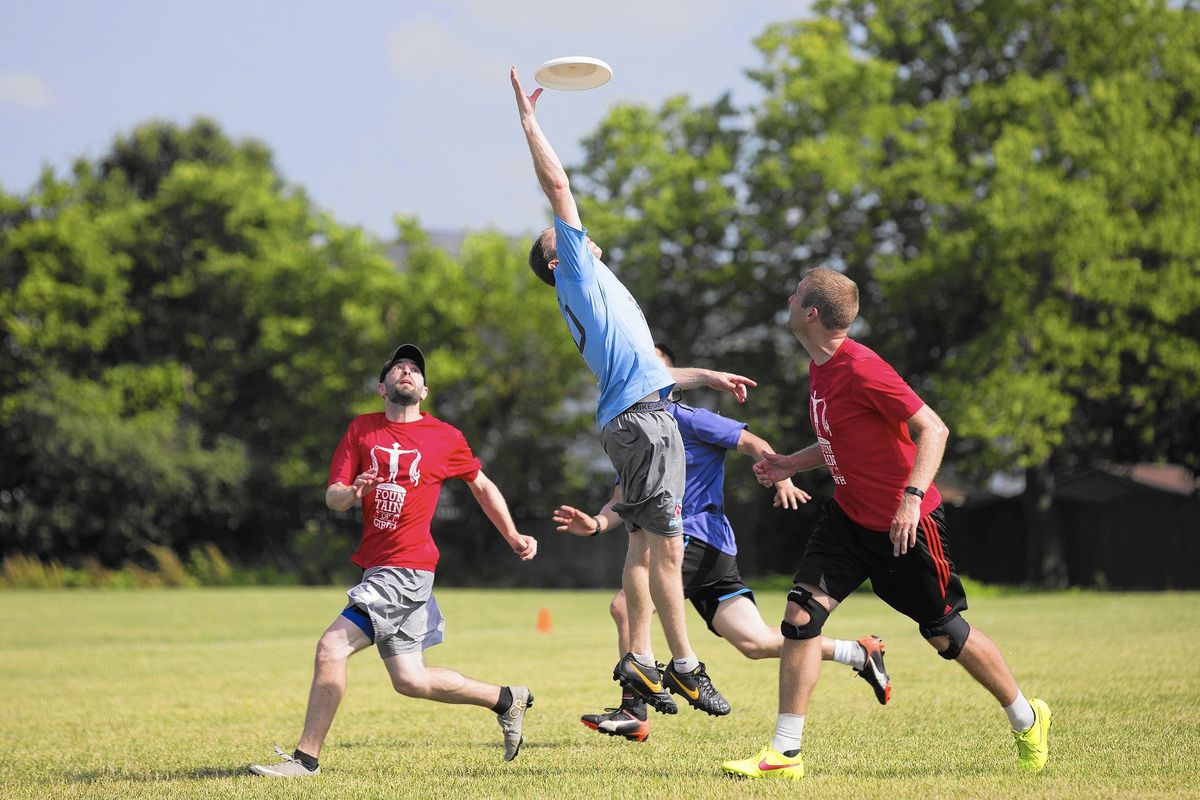
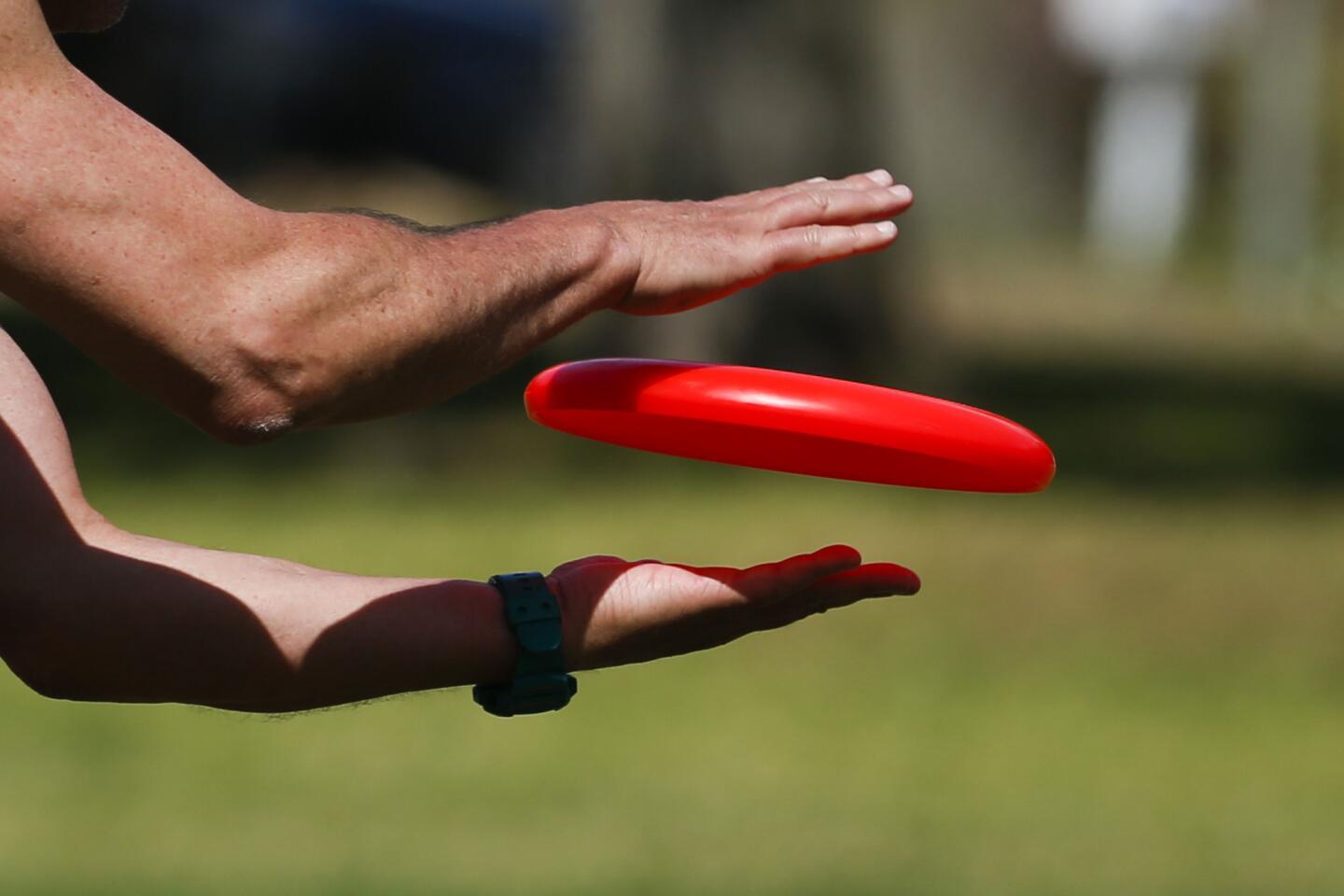

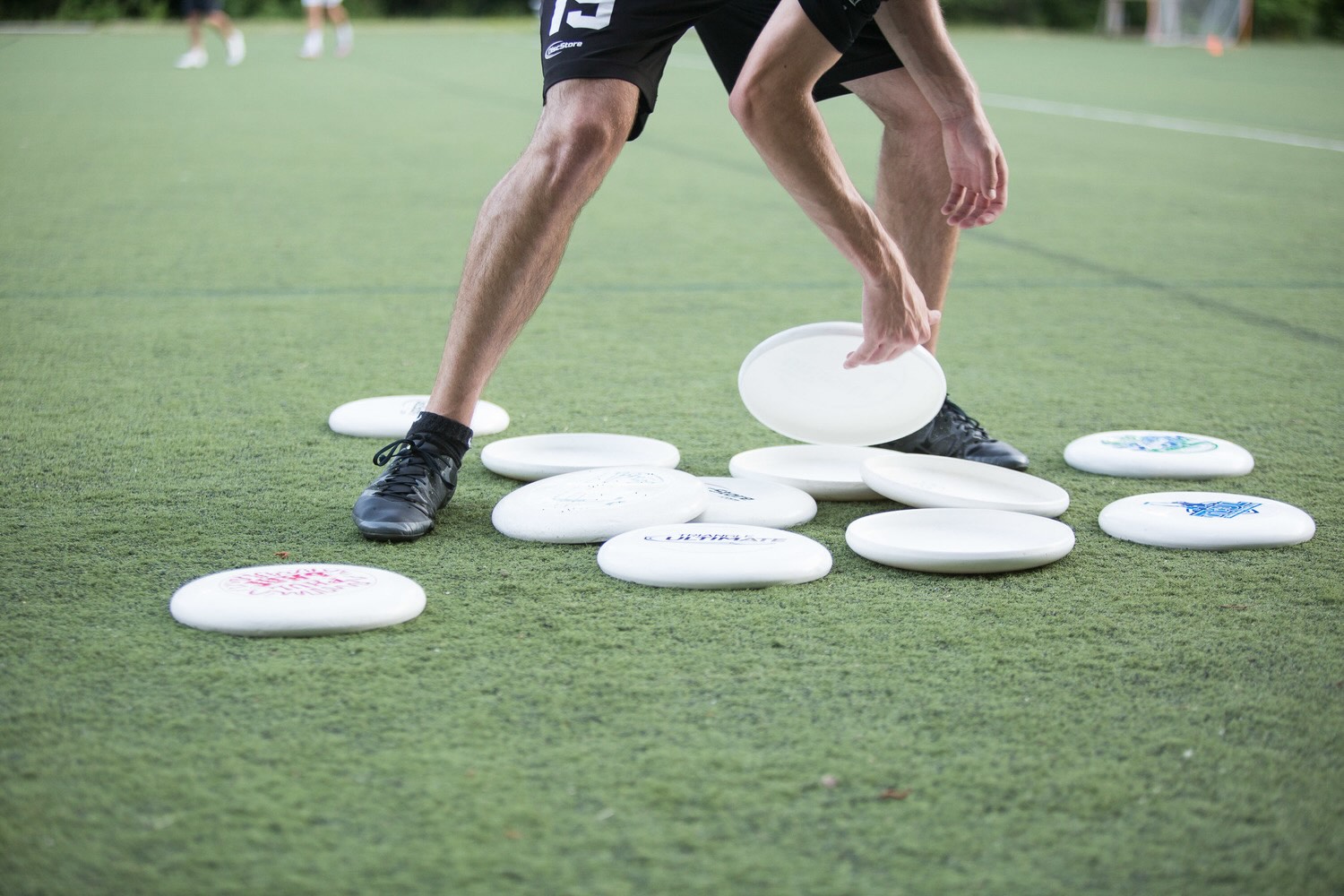
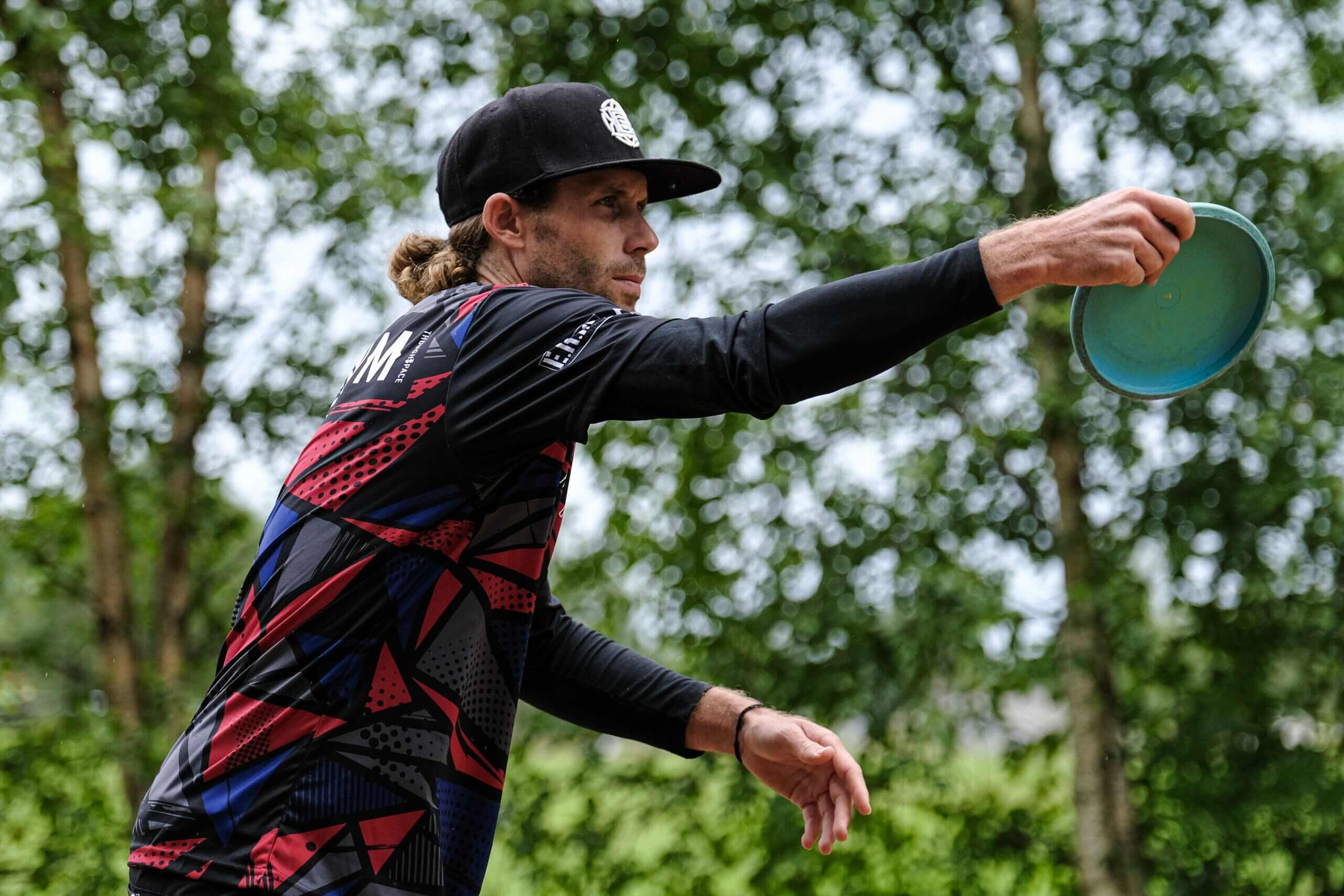

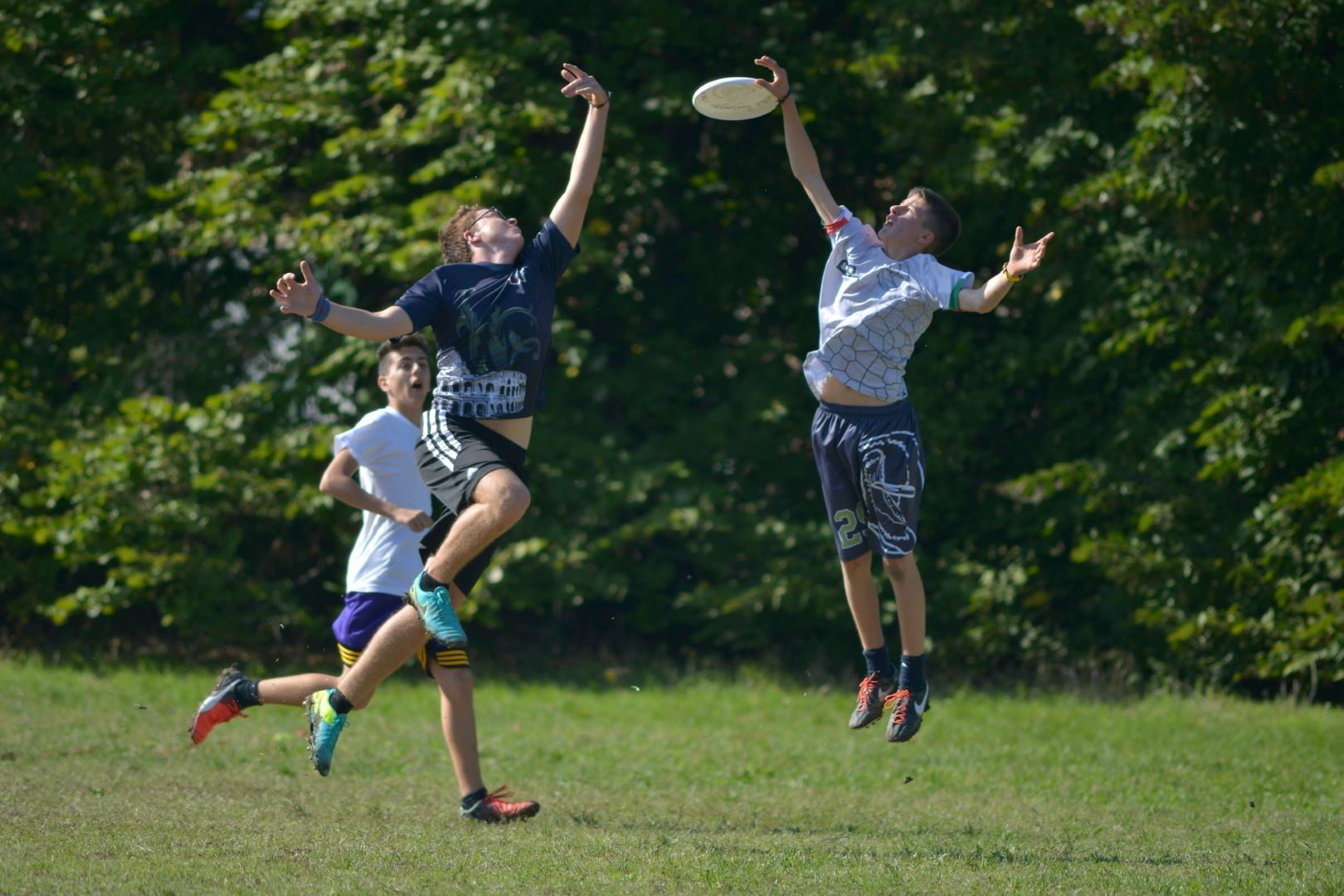
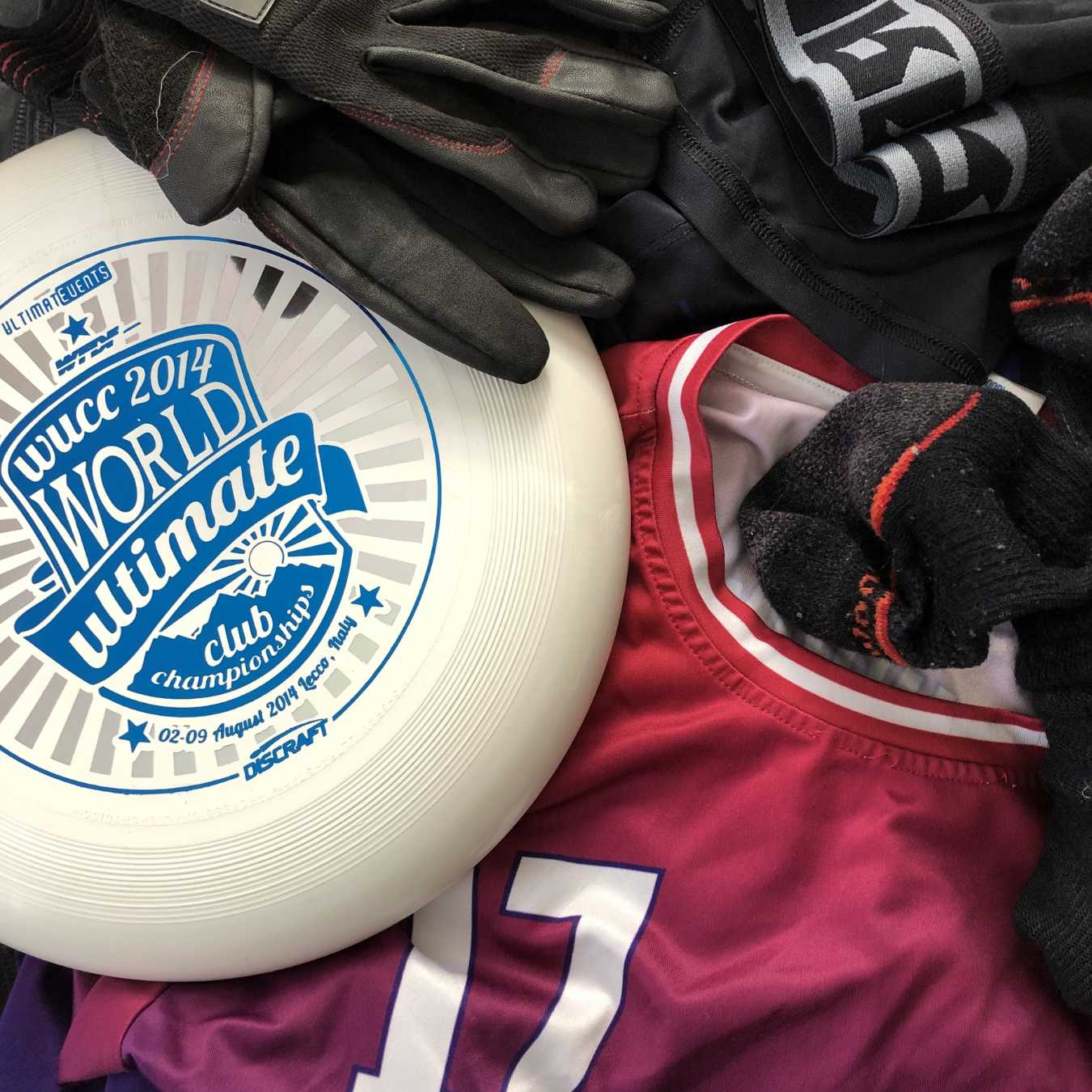
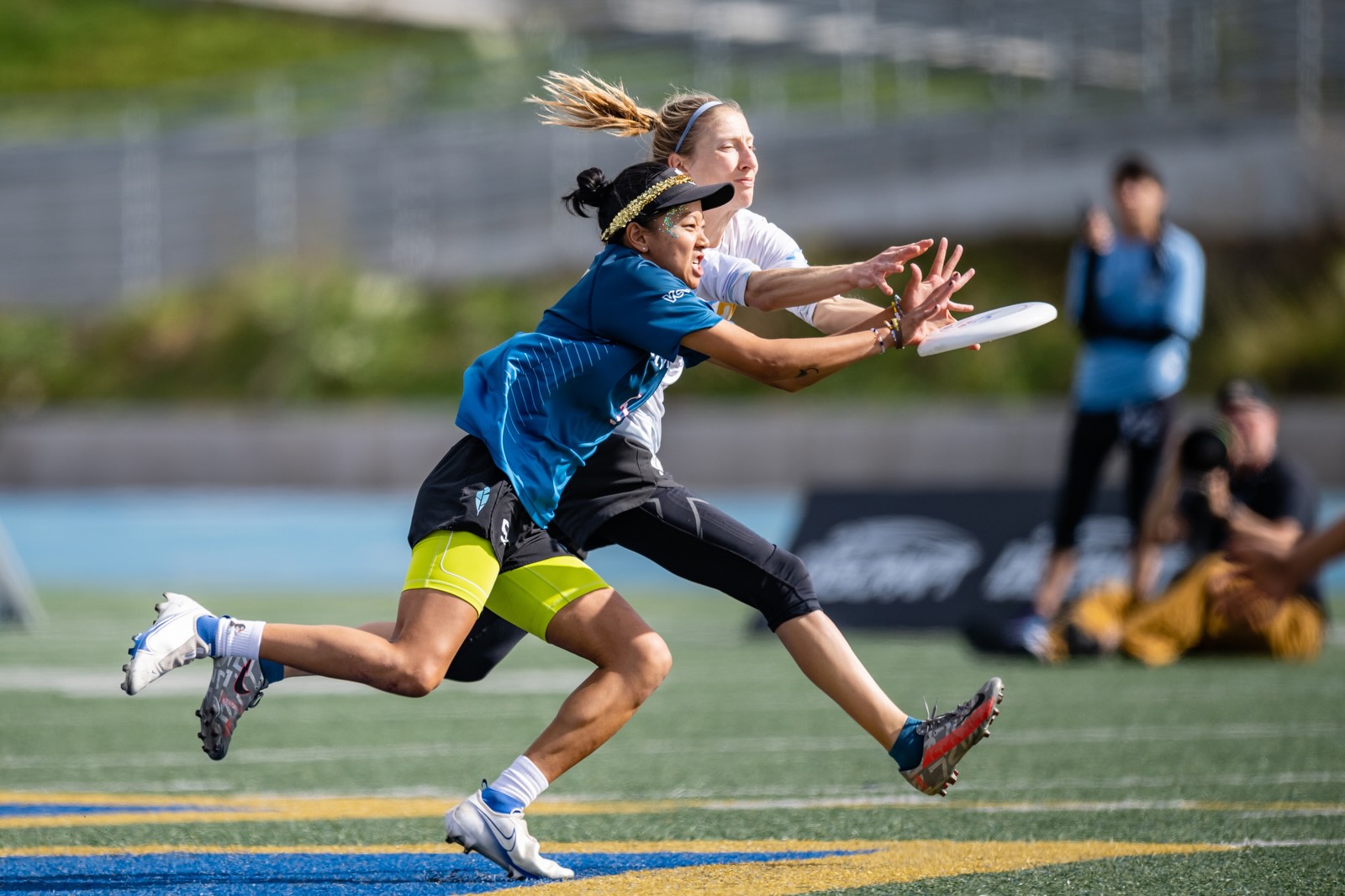

0 thoughts on “How Do You Play Ultimate Frisbee?”